Peruvian Cuisine
By Sarah Dean
While you are not able to travel overseas at the moment, these dishes are sure to take you there. When we travel the world, we are bound to find many differences from where we are from; and that can stem from culture and history.
One thing that can take our volunteers by surprise is the different foods found across some of our 6 destinations. Sit yourself down and get ready to take yourself to Peru!
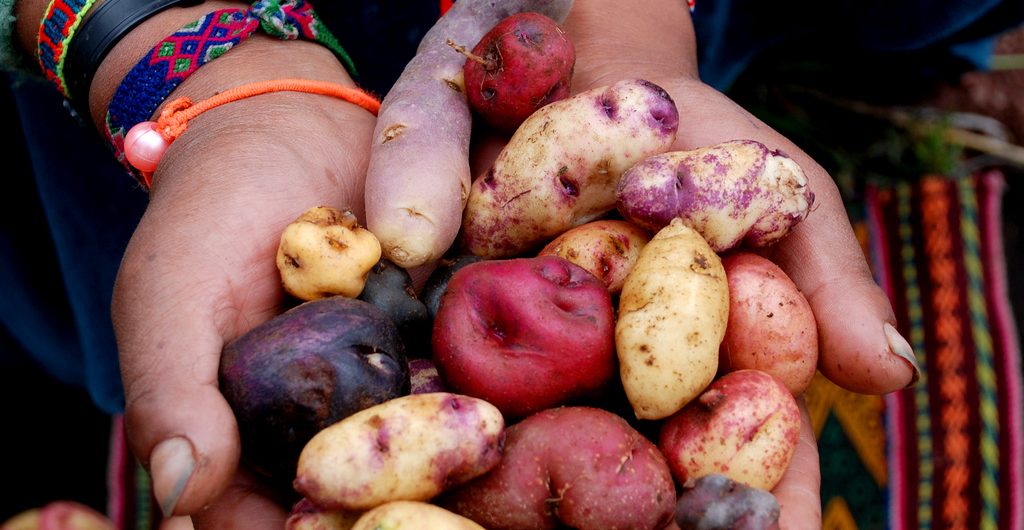
Q: How many types of potatoes are grown in Peru? The answer can be found at the end of this blog!
Traditional Peruvian food
Lomo Saltado - Consisting of sliced steak, red onions, traditional yellow chili pepper with a side of French fries or rice.
This dish is a clash of cultures between Peruvian ingredients and a mix of Chinese techniques in the kitchen. Created at the end of the 19th century, it was brought together by an Asian wok/stir fry. Lomo Saltado is often recognised as the ‘father’ of several other traditional Peruvian meals like noodles with Lomo Saltado (Tallarín Saltado) and beans and rice with steak.

Alpaca Meat - While they are recognised as a simple of Peru... alpacas are a traditional Peruvian cuisine. Similar to beef, alpaca can be cut in different ways that will have different taste and tenderness. A traditional dish is apanado de alpaca which is breaded alpaca meat with rice, potato and salad.
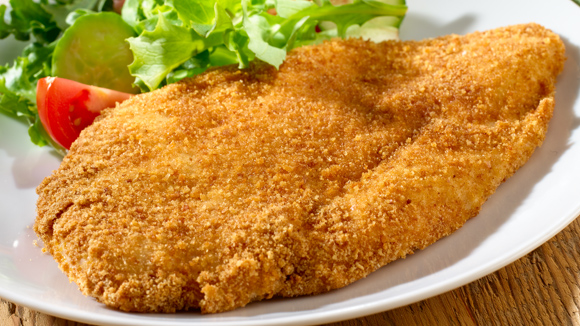
Papas a la Huancaína (Potatoes in spicy cheese sauce) - This meal includes sliced potatoes coated in a puree of cheese, traditional yellow pepper, garlic, lime juice and crackers. The dish generally has a boiled egg on top but can be ordered without. It has a subtle spiciness but is balanced out with all the ingredients.
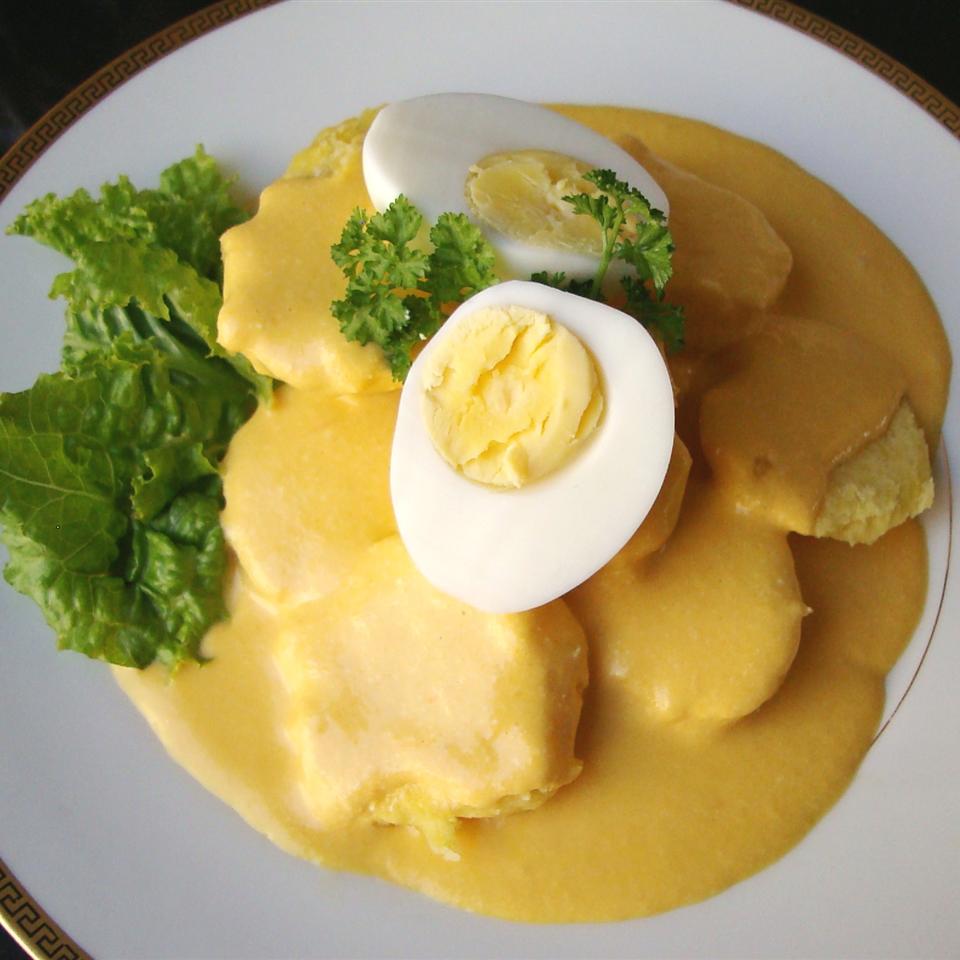
Most famous
Peru’s most famous delicacy is ‘Cuy’ a.k.a Guinea Pig. While it is not your most typical food, Cuy is eaten on special occasions by Peruvians. It is mostly found in Cusco, and is it served whole and is best with a side of potatoes and salsa. Most tourists agree it tastes like lean pork, you just have to stomach the site of it first!

Traditional cooking techniques
Pachamanca is an 8,000-year-old technique that has food cooked under the Earth. It is one of the most extraordinary legacies of the Incas and is still used today, acting as a doorway to the flavours that infused Inca life.
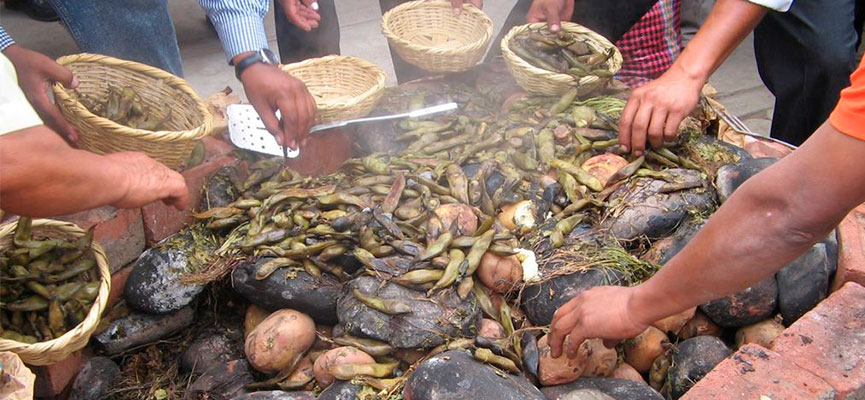
The word itself can be broken into two parts, pacha means ‘earth’ and manca meaning ‘pot.’ This earthen barbeque connected Inca civilisation with Mother Earth, also known as Pachamama.
The technique is generally used when serving large quantities and for important ceremonies. A large pit is dug and inside are large, red hot stones. The recipes vary from region to region, but meats include: chicken, beef, pork or lamb. The meat is marinated in traditional spices and wrapped in chincho leaves, placed on the rocks and then covered with banana leaves. The vegetables are then wrapped and placed in then covered with burlap cloth. The food is then buried with soft soil and left to cook slowly for 40 minutes.
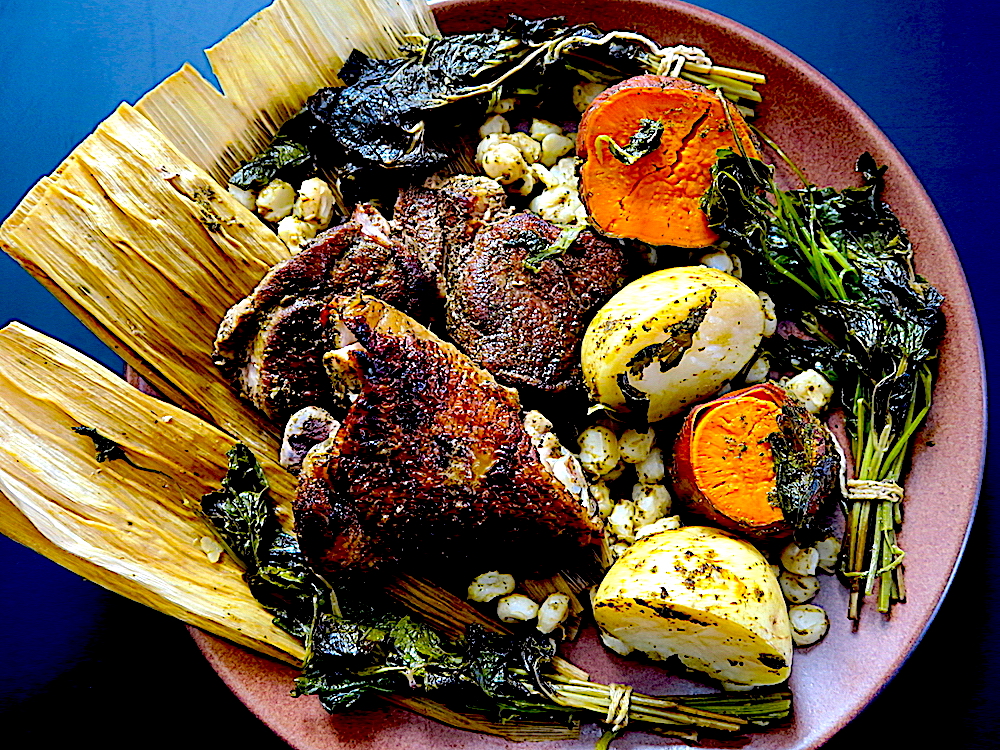
Peruvian desserts
Tres Leche cake - A simple sponge cake drowned in a milk syrup made of 3 kinds of milk. This includes, sweetened condensed milk, evaporated milk and whole milk. It is a very sweet dessert and with each bite you will taste the sweet juices absorbed within.

Tarta/Pie de Limon - Lemon Meringue Pie is typically found in Anglophone countries around the world. The Peruvian version substitutes lemons with small limes. The Peruvian lime pie is very popular and like the tres leche cake is very sweet. It has a thin pastry topped with lime custard and a layer of meringue.

Both of these desserts can be found in restaurants near our hub in Urubamba, Cusco Peru.
Popular drinks
The most popular drink that can be enjoyed by all is the famous Inca Cola. It is known as the ‘golden cola,’ its taste described as bubble-gum and pineapple, with a slight comparison to yellow creaming soda. The drink is a national treasure in Peru, so popular it can be found at fast-food restaurants like McDonalds, KFC and Pizza Hut.
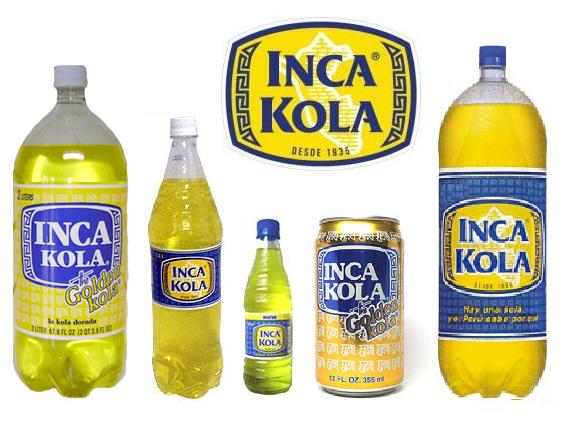
For those who are over 18, you can enjoy a Peruvian Pisco Sour made of pisco, limes, bitters and egg white. While it packs a citrusy punch, the egg white offers creaminess to it.
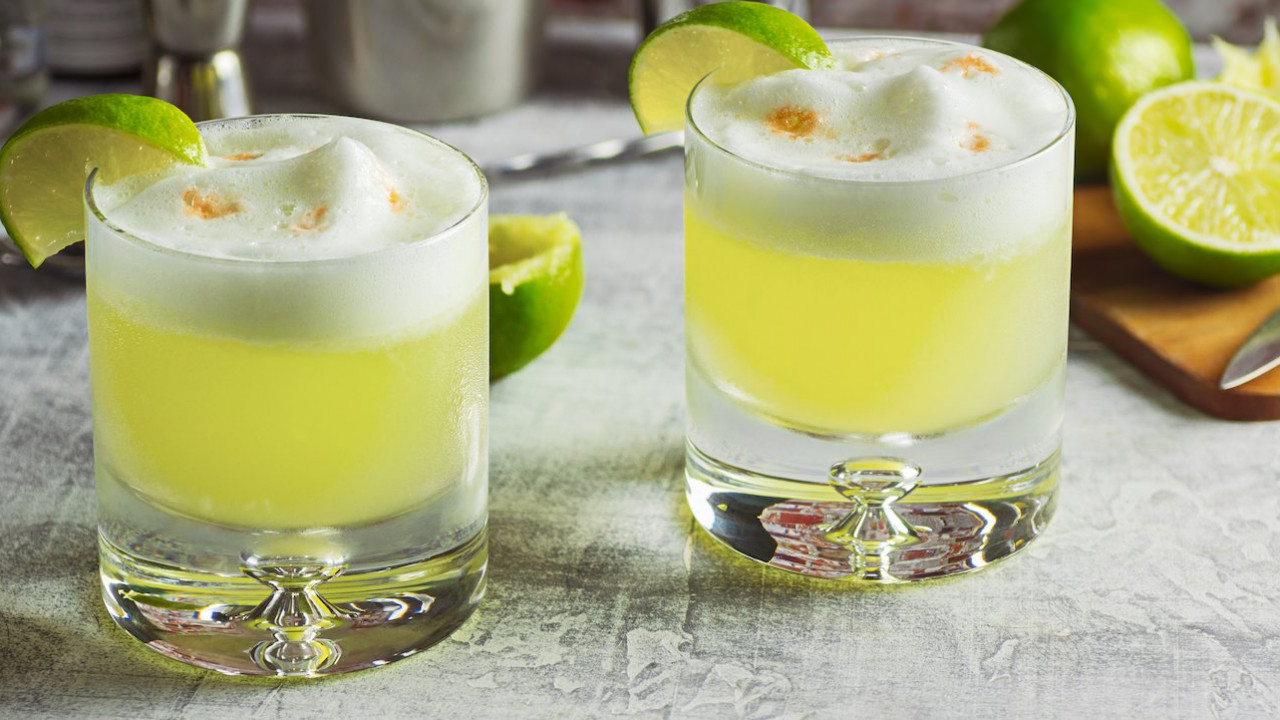
While there are many options and exciting things to try, we ask that you be mindful of what you eat. When you roam the markets or are eating in your free time, we ask that you think about the quality of the food. Health and safety standards are very different to here in Australia and it’s important that you keep yourself safe.
But in saying that there are many wonderful dishes for you to try when you travel with us to Peru! We will be addressing all information and questions in our predeparture sessions, ensuring you have everything you need before travelling.
If you’re a foodie or someone that loves experiencing the best of the best, you’ll love finding yourself in Peru! Join us in 2021 NOW!
Just in time for the Christmas festivities, we have released our Taste of Travel cook book with all proceeds going to our charity The FutureSense Foundation. All funds will be used to continue our support with vunerable communities overseas! From sweet to savoury this cook book includes flavours from around the world. Get it here!
A: More than 3,500 varieties of potatoes (the largest in the world)





